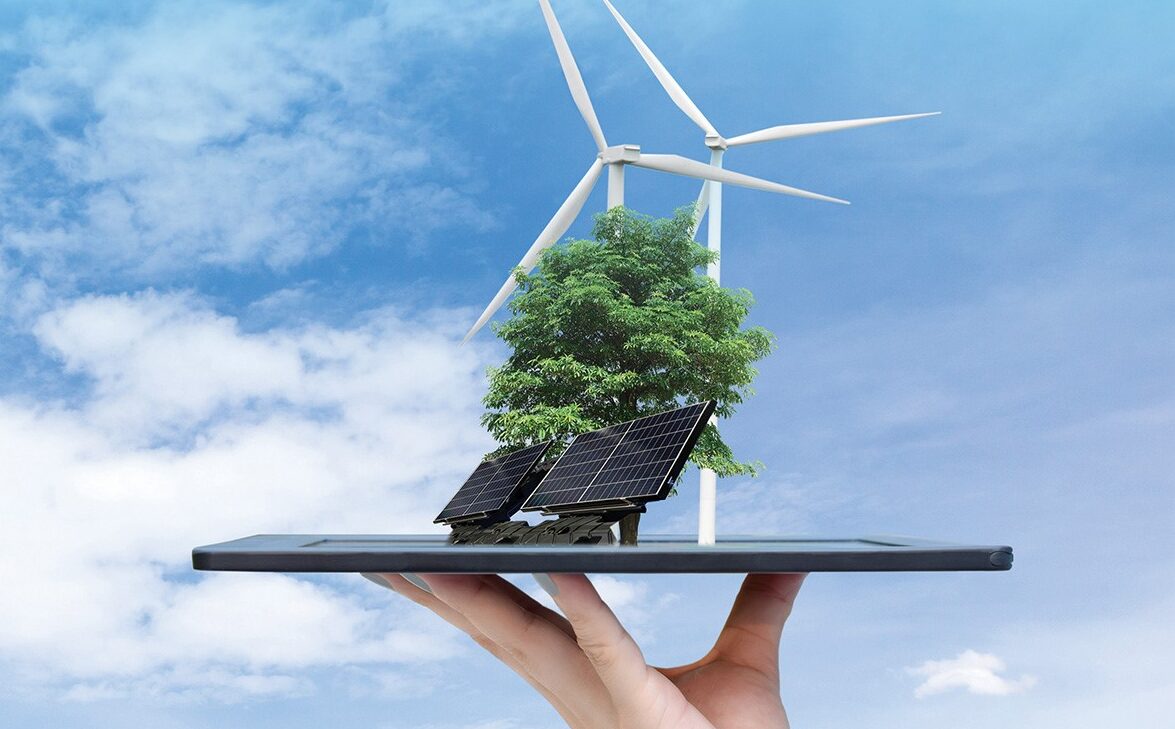Despite not having specific targets to lower emissions, the government is prioritizing eco-friendly and sustainable projects. On its official Facebook page, the government announced in November that 40% of its investments in fiscal year (FY) 2022/2023 have eco-friendly and sustainable elements.
It published an infographic showing that transportation accounts for 63.1% of the budget allocated for green and sustainable projects. Sustainable sanitation accounts for 9.2%, while clean energy investment takes up 6.1%. The rest is divided among sustainable clean water projects, environmental improvement and sustainable agriculture.
In 2023, Egypt should find it easier to attract eco-friendly FDI. The pound’s ongoing devaluation against the dollar means projects using foreign financing are becoming less expensive. In addition, eco-friendly technologies are getting cheaper every year.
The critical factor in 2023 will be the cost of raw materials, including copper, iron, cobalt, and other rare earth materials. They are used extensively in batteries, solar panels and electric motors. Another major driver will be soaring global demand as more countries target ambitious emission cuts by 2030.

Cost of green
In a July press release, the intergovernmental International Renewable Energy Agency (IRENA) said there had been a “seismic shift in … renewable power generation options since 2010.” Between 2010 and 2021, the levelized cost of electricity (LCOE) dropped 88% for new solar projects and 68% for wind power development. The United Nations estimated solar power project costs decreased 85% over the same period and wind power project costs dropped between 48% and 56%. The U.N. noted in a statement on its website that “renewable energy actually is the cheapest power option for most parts of the world.”
Less expensive solar and wind energy will invariably lower the cost of producing hydrogen fuel from clean sources (aka green hydrogen). That zero-emissions fuel can power heavy-duty trucks, planes and factories. Green hydrogen costs should fall further as more projects come online. “Once green hydrogen facilities are operational, the cost of producing it will be less than the cost of diesel fuel,” said Arnes Biogradlija, director of content at Energy News Biz, a specialized news portal.
That is good news for Egypt, as the government is heavily promoting green hydrogen projects. In December 2021, Mohamed Shaker, minister of electricity and renewable energy, called 2022 the “Year of Green Hydrogen.”
A new factor that surfaced in 2022 was the rising price of iron, cobalt, lithium, copper and other rare earth materials used extensively in batteries, solar panels and electric motors. Driving those increases were a mix of supply chain disruptions, rising demand, energy costs and an increasingly strong dollar.
Such price hikes should not immediately affect production costs at up-and-running factories producing eco-friendly energy equipment. “Rising commodity and renewable equipment prices are passed through into project costs with a lag,” noted Francesco La Camera, IRENA’s director-general, in July. That is mainly due to the “time difference between a financial investment decision and the commissioning of a project.”

Forecast in 2023
Deloitte’s 2023 Renewable Energy Industry Outlook report published in October said demand for clean energy will only increase. The main drivers include “cost competitiveness,” despite ongoing supply chain disruptions making it unnecessarily expensive. “Wind and solar will likely remain the cheapest energy sources,” the report said.
Deloitte’s report also showed that green economy initiatives, such as the Inflation Reduction Act and RE100 initiative, by the United States and other nations would further encourage multinational enterprises to increase their environmental commitments. That is complemented by a projected general rise in residential demand, which the Deloitte report said will “grow faster than ever” in 2023.
However, those projected price hikes will come with risks. As the 2023 Renewable Energy Industry Outlook noted, “Growing demand in 2023 could exacerbate supply chain constraints … further boosting prices and extending project timelines.”
The second risk is rising demand for finite minerals. “The price of raw materials used in solar panels and wind turbines has gone up over the past year, as rising energy prices have caused some manufacturers of commodities to curtail or stop production,” noted Patrick Gilly, global director of energy transition at Ramboll, a Danish consultancy, in April.
A report by Fitch Solutions noted, “High capital costs for solar and wind energy projects as experienced in 2022 are likely to continue, though the impact will depend on the technology used and materials needed.” The added cost would “alter project economics … as some developers feel the pinch more acutely.”
Gilly also predicted “these added investments [in renewable energy will lead] to a shortage of qualified workers and skilled engineers.” That will mean higher labor costs, as more projects compete for a small pool of qualified workers. “It’s not just the price of raw materials,” said Gilly. It is “also the ability to transport and to install … foundations for wind or solar panels.”
The mix of positive and negative indicators makes forecasting clean energy prices tricky. “It is hard to assess if we are going at [the] right pace,” Gilly said. “But we also have to remember the energy infrastructure we enjoy today took 70 years to build. We are trying to build an alternative in 30 years or less.”







